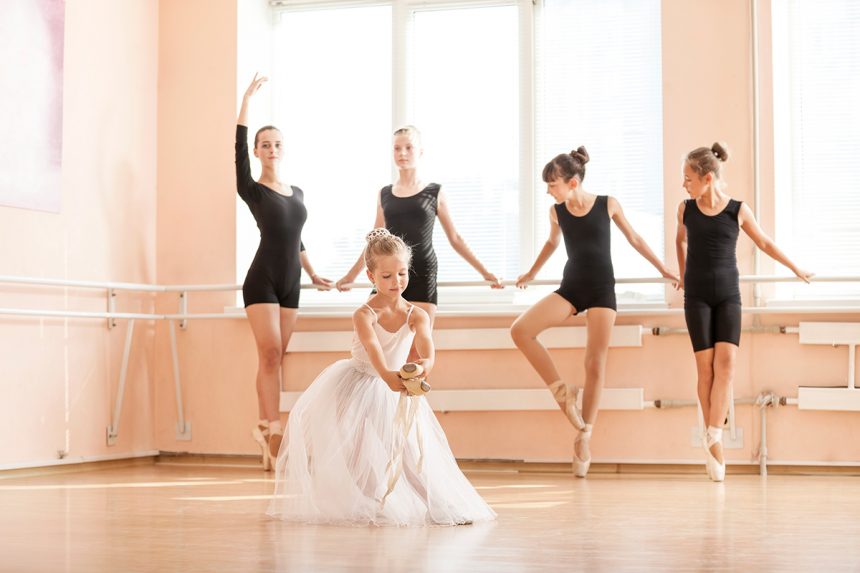Ballet

The etymology of the word “ballet” is related to the art form’s history. The word ballet comes from French and was borrowed into English around the 17th century. The French word in turn has its origins in Italian balletto, a diminutive of ballo (dance). Ballet ultimately traces back to Latin ballare, meaning to dance.
History
Ballet emerged in late 15 century Renaissance court of Italy, as a dance interpretation of fencing, and further developed in the French court from the time of Louis XIV in the 17th century. This is reflected in the French vocabulary of ballet. Subsequently, after 1850, ballet flourished in Denmark and Russia. It was from Russia that it returned to Western Europe and subsequently the globe. The Ballets Russes of Sergei Diaghilev and its successors were particularly influential during this period. It has continued to draw on and be enriched by folk dance and local dance traditions.
In the 20th century ballet has continued to develop and has had a strong influence on broader concert dance. For example, in the United States, choreographer George Balanchine developed what is now known as neoclassical ballet. Subsequent developments have included contemporary ballet and post- structural ballet, seen in the work of William Forsythe in Germany.
Classical Ballet
Classical ballet is the most formal of the ballet styles; it adheres to traditional ballet technique. There are variations relating to area of origin, such as Russian ballet, French ballet, and Italian ballet. The five most well-known styles of ballet are the Vaganova method, or Russian Method, after Agrippina Vaganova, the Cecchetti method, or Italian Method, after EnricoCecchetti, the Bournonville Method, or Danish Method, after August Bournonville, the Balanchine Method, or ABT Method, after George Balanchine, and the Royal Academy of Dance Method, or R.A.D. Method, created in England.
